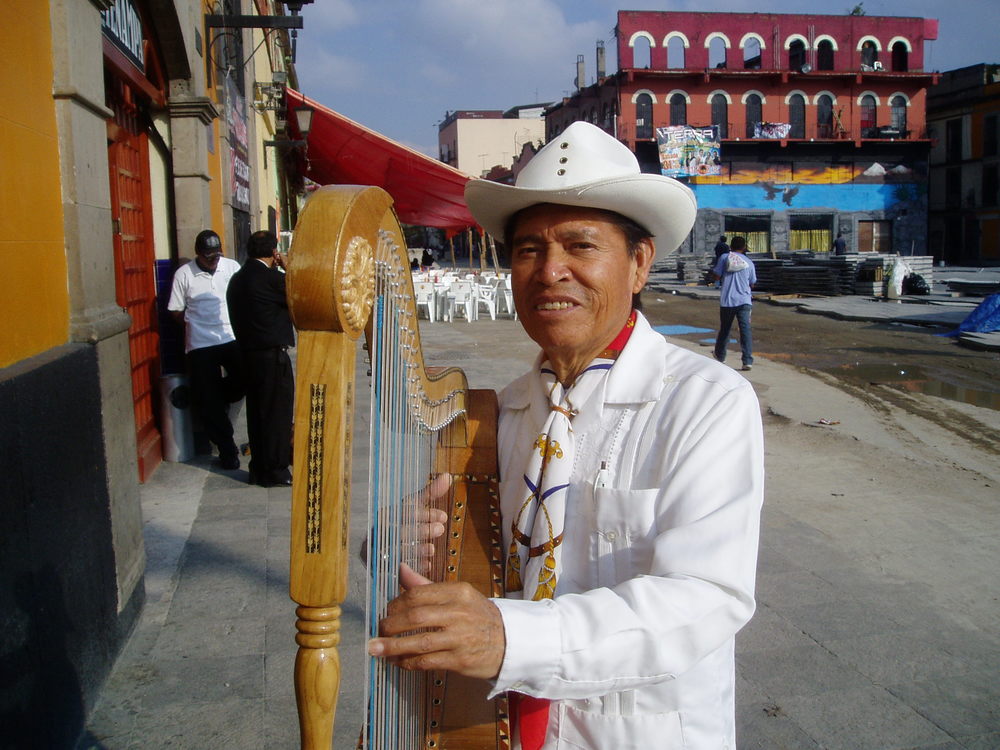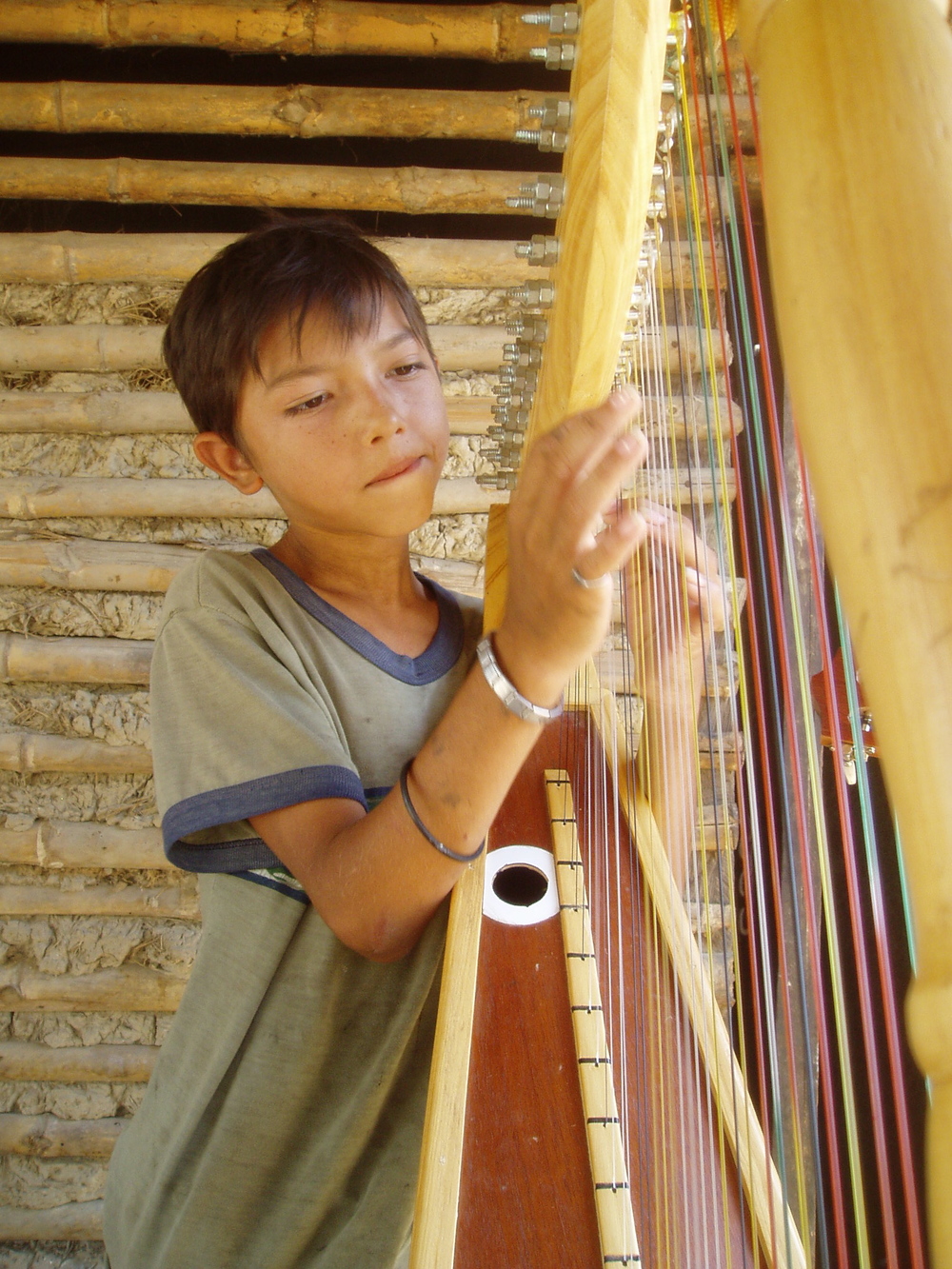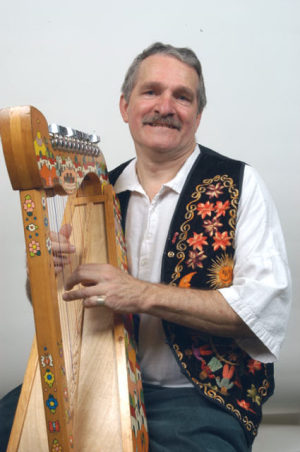My first harp class in Barinas, Venezuela
/The harp class was cacophonic, but productive. Seven adolescent males and
an old guy (me) were scattered around the small courtyard, each harping on
whatever was their currently limiting technical hurdle. There was no
attempt to teach as a group. Teacher Oswaldo Zapata moved from one to
another, in turn, observing and correcting each harpist. These youngsters
are VERY GOOD, and very DEVOTED to the traditional harp style.
Classes are offered each Tuesday and Wednesday. I lucked in the day
before, arriving just in time to audition for Zapata, and to learn about
the schedule. Next afternoon, there I was, the first to arrive, at 2 PM.
Zapata opened the air-conditioned storeroom, unlocked the chain that ran
through the ten fine harps, and selected one for me.
In the courtyard, he asked me to play Seis por Derecho. Luckily, I had
learned a bit of it from Fernando Guerrero, so I could show a little
something. Encouraging but not at all satisfied with my effort, he
corrected my fingering and assigned a couple of variations to practice.
There is nothing on paper, all is taught by ear. There is no string color
coding, the harpist must simply find the tonic note and go from there. To
further confuse the color-coded harpist, some of the strings are
variegated, changing in color along the length of the string.
I had visited this harp class last year, but only as an observer. My hope
to become a student this year seems to have materialized. I have my own
harp at my hotel, so I´ll practice every day and go to class for the next
three weeks.
This class is at the Casa de la Cultura here, part of a folklore program
that includes various instruments as well as dance and puppetry. I was
welcomed into the class with no formality, no registration, no fees.
The first week of my visit here was ARPATUR, my fifth time visiting the
harpists here. We did a lot of driving, put up with a lot of tropical
heat, but hey, we really did hear the great harp music.
By the way, for HISTORICAL HARP devotees, let me say that Fernando and I
are projecting an article that will suggest that in Venezuela the old
performance standards persist in use. If you really want to know how early
music was performed you would do well to investigate Venezuela. Fernando
is author of the book, El Arpa en Venezuela (the harp in Venezuela), and
he is a world-class pedal harpist, so he has some authority.




